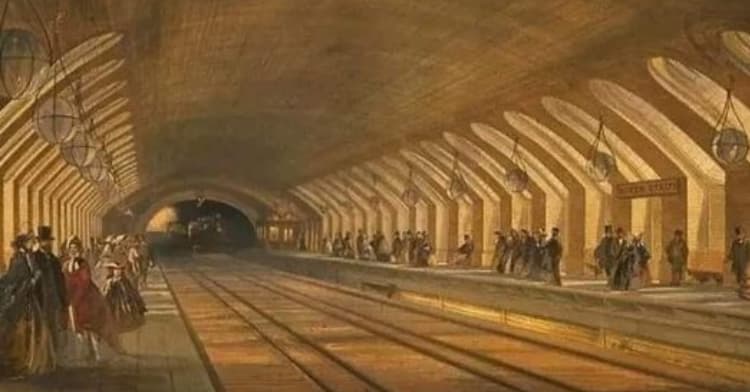The story of Derwent Valley and its submerged village is a poignant reminder of the sacrifices made during World War II and the impact of human intervention on the landscape.
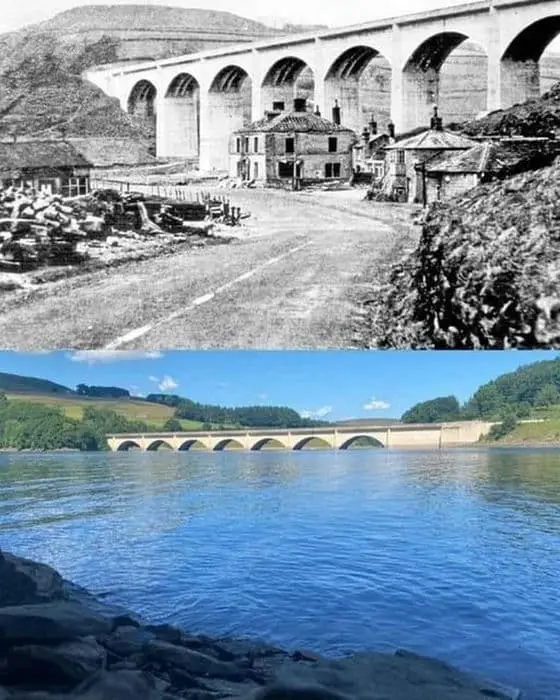
In 1943, amidst the turmoil of war, the decision to create the Ladybower Reservoir led to the flooding of the valley, including the picturesque village of Derwent. The villagers were relocated, and the once-thriving community was intentionally submerged beneath the rising waters in 1944.
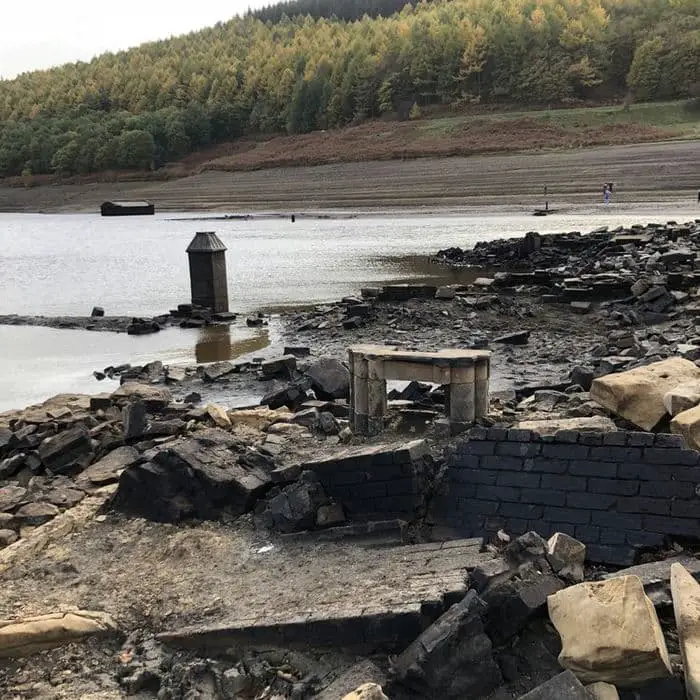
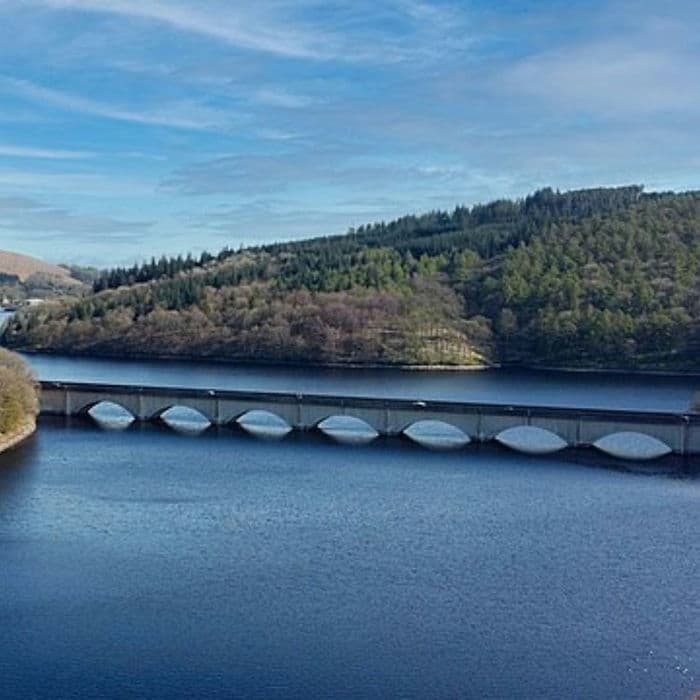
Although most buildings were demolished, a preservation order saved the 17th-century packhorse bridge, which was relocated to the head of Howden Reservoir.
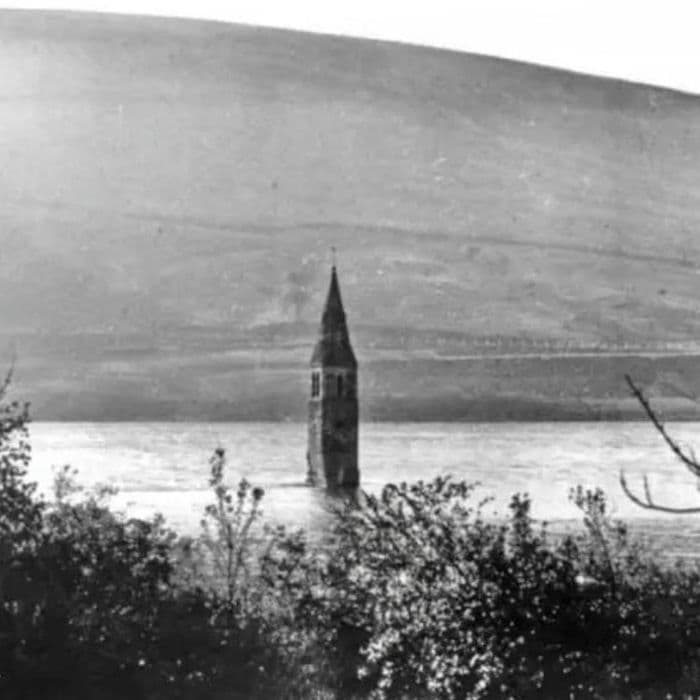
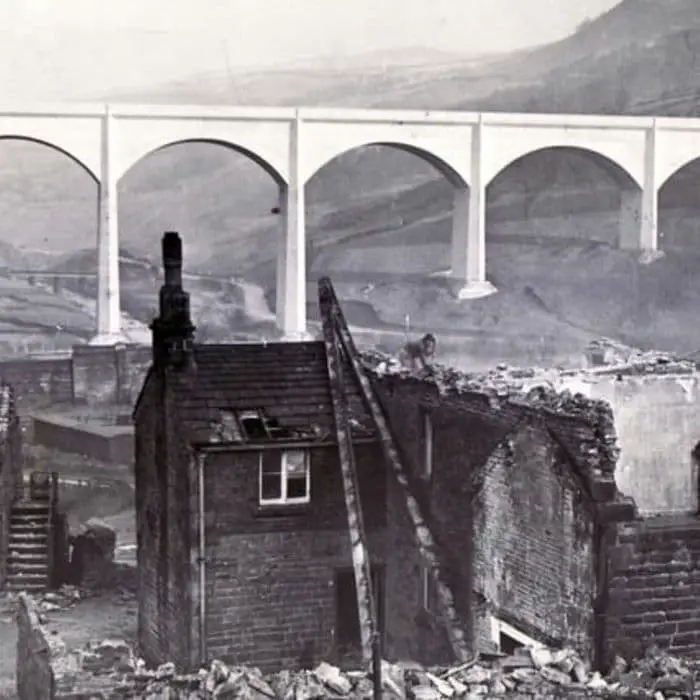
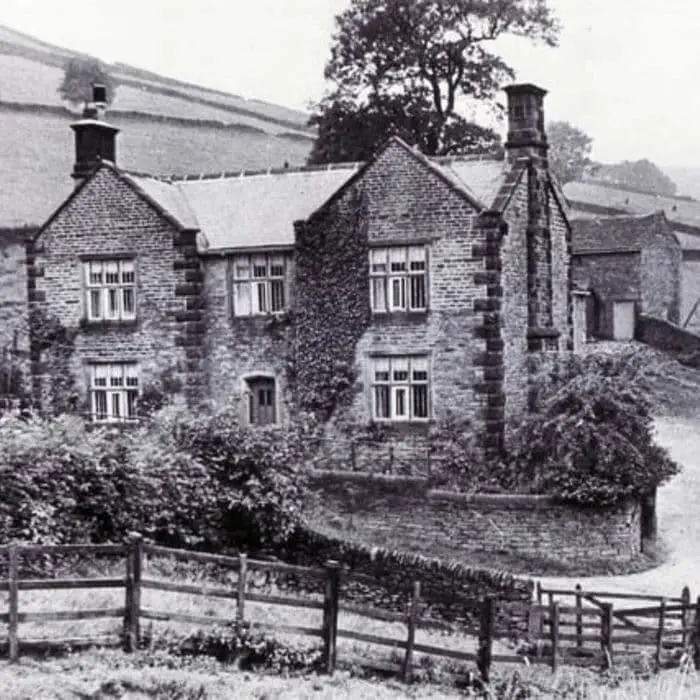
Over the years, the submerged village remained hidden, known only through historical records and fading memories. However, in 2018, a dry summer caused water levels to drop significantly, revealing the remnants of Derwent once more.
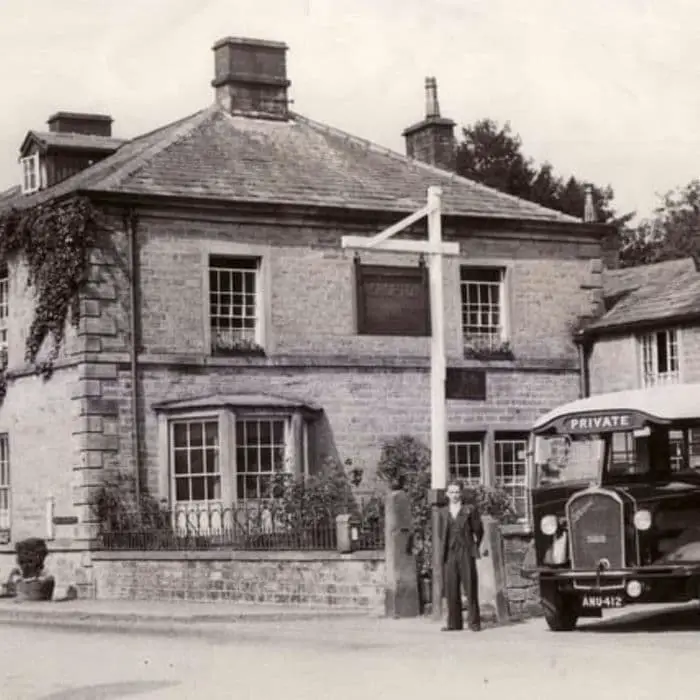
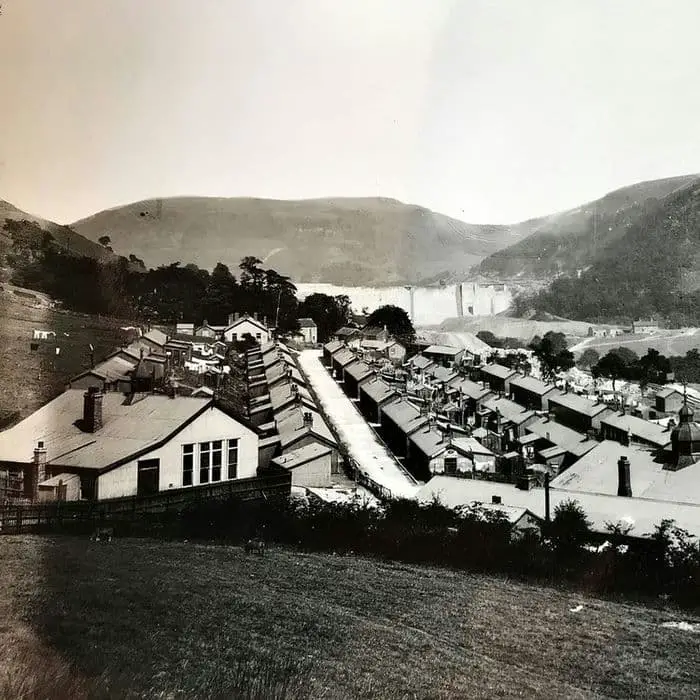
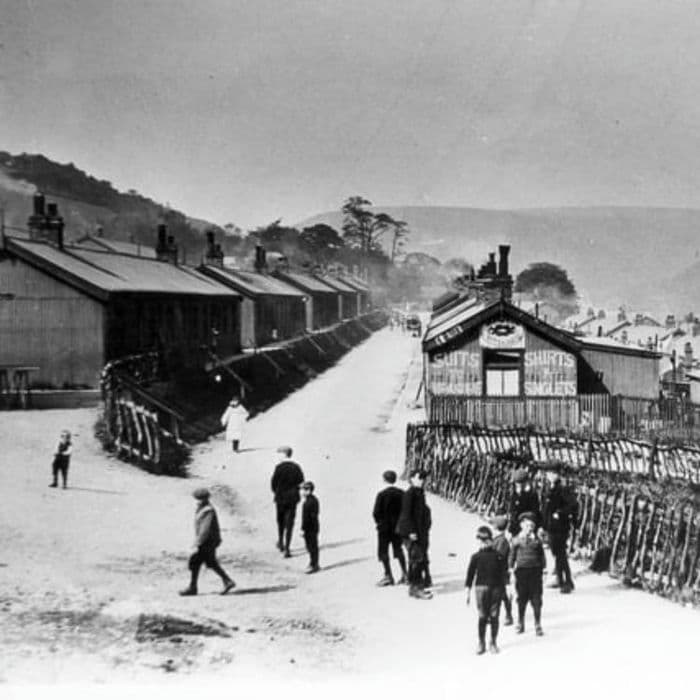
The reappearance of the village stirred emotions and sparked interest among historians, locals, and tourists. Many saw it as an opportunity to reconnect with their heritage and document the history embedded in the ruins.
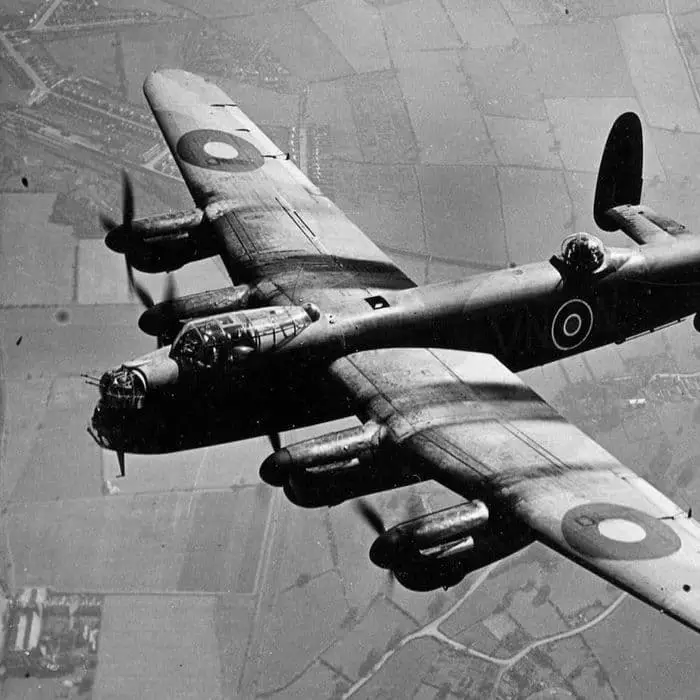
Efforts were initiated to preserve and document the remains of Derwent before the waters inevitably rose again. Preservation initiatives, including photography and storytelling, aimed to keep the memory of Derwent alive for future generations.
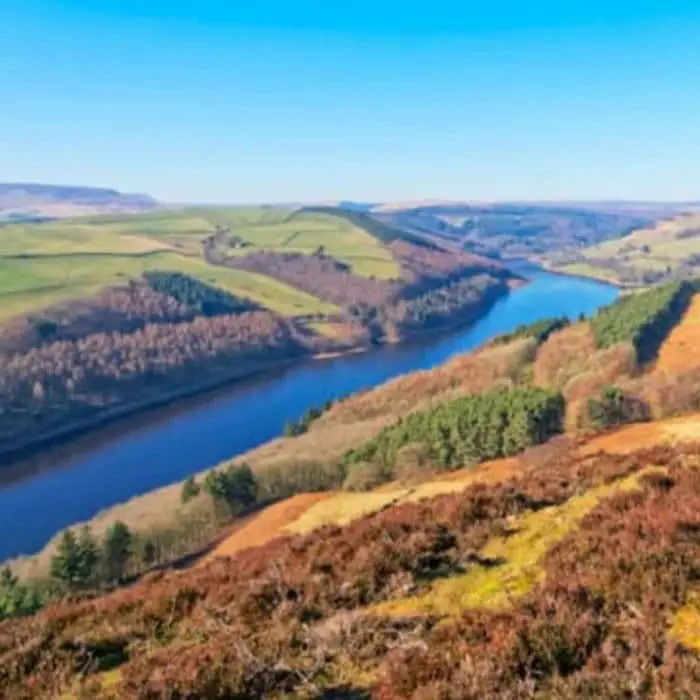
As the village returned to its watery resting place, it left behind a legacy that continues to captivate imaginations. The area, now known for its majestic reservoirs and spectacular scenery, remains a popular destination for outdoor enthusiasts and history buffs alike.

